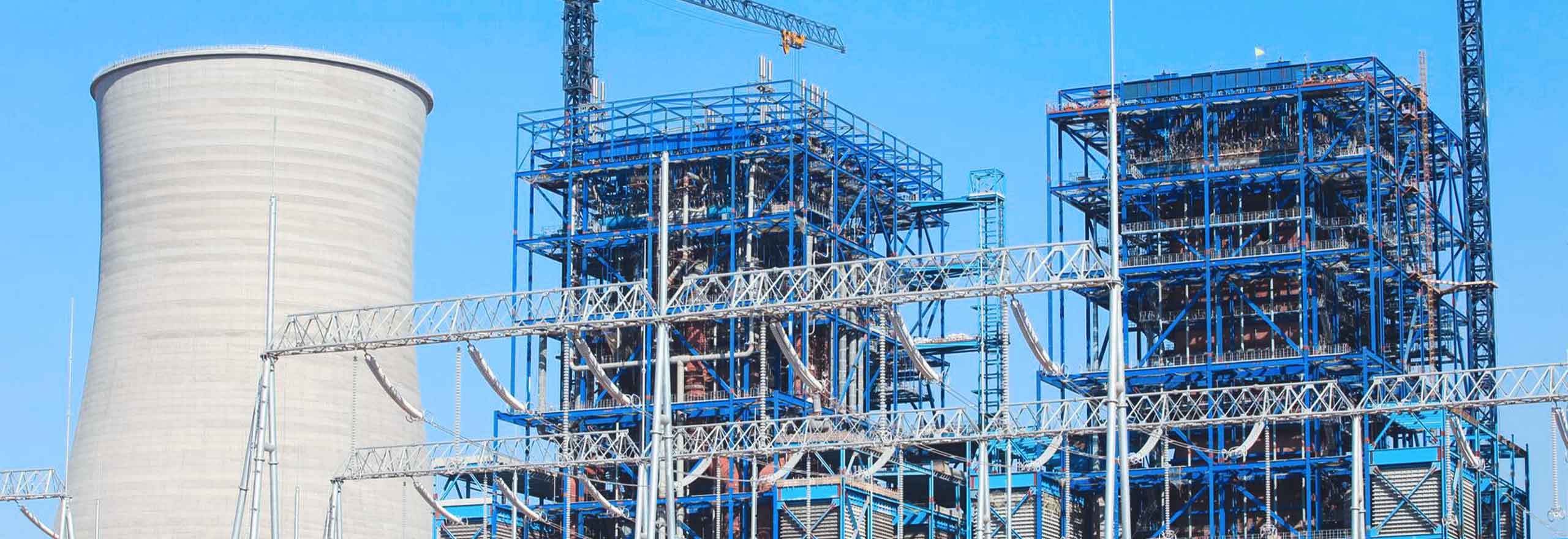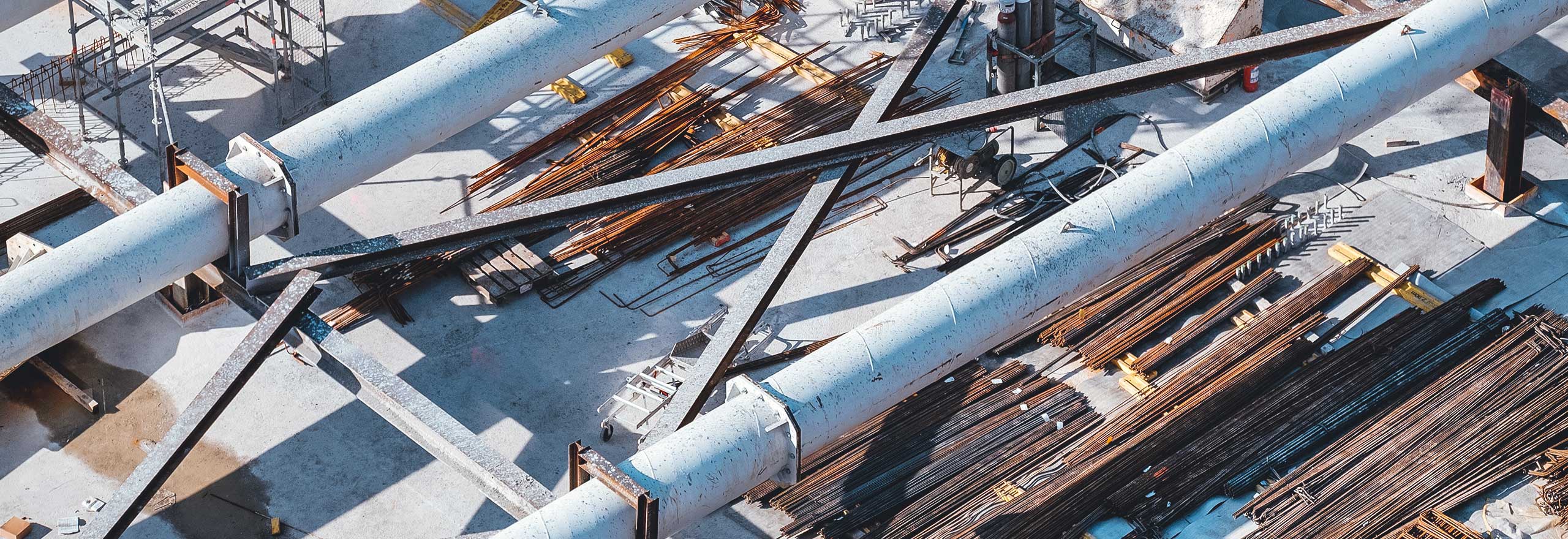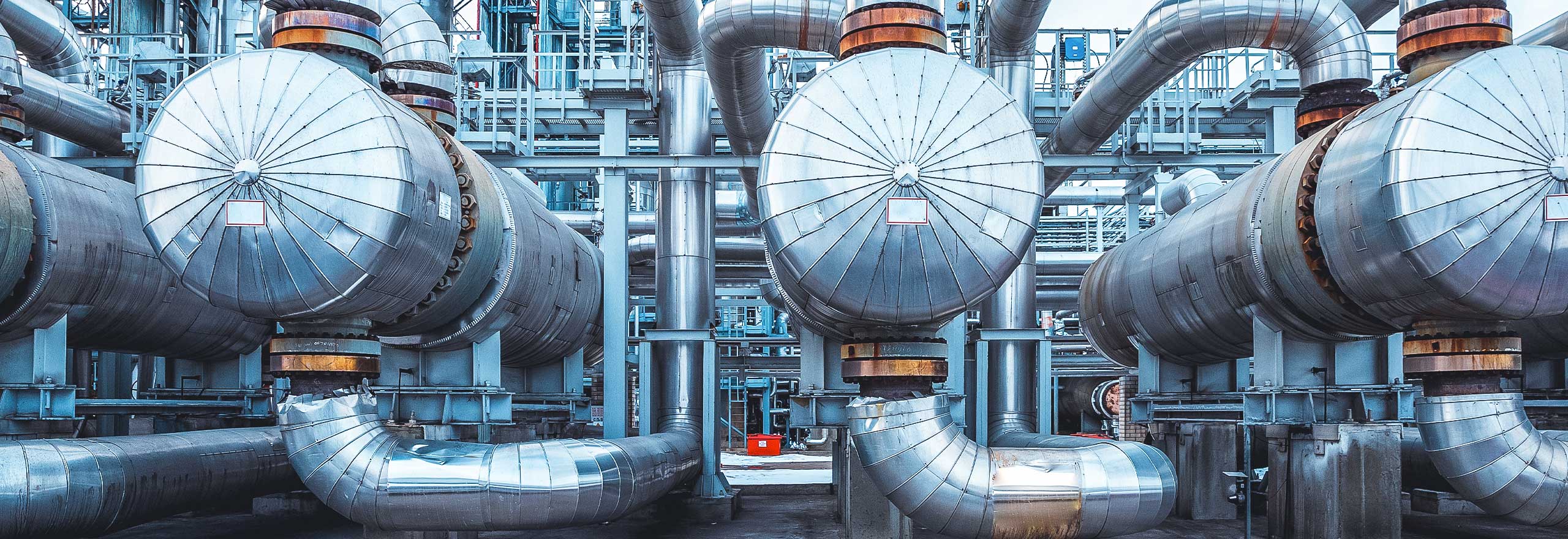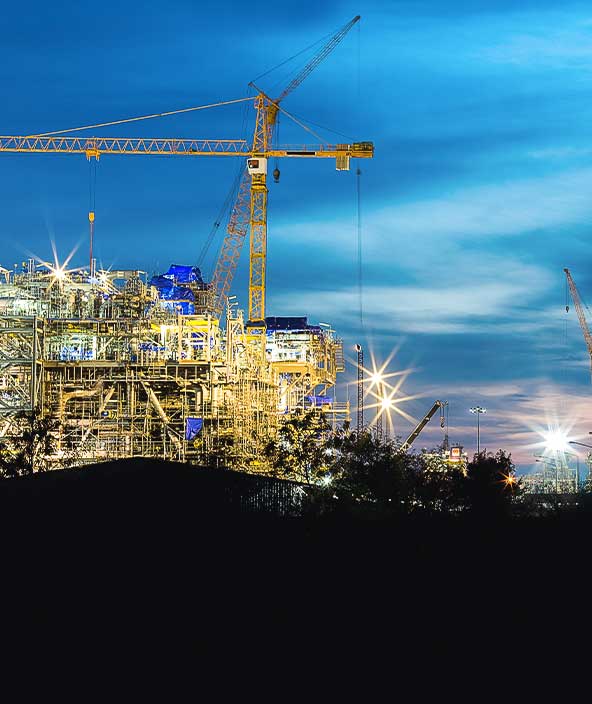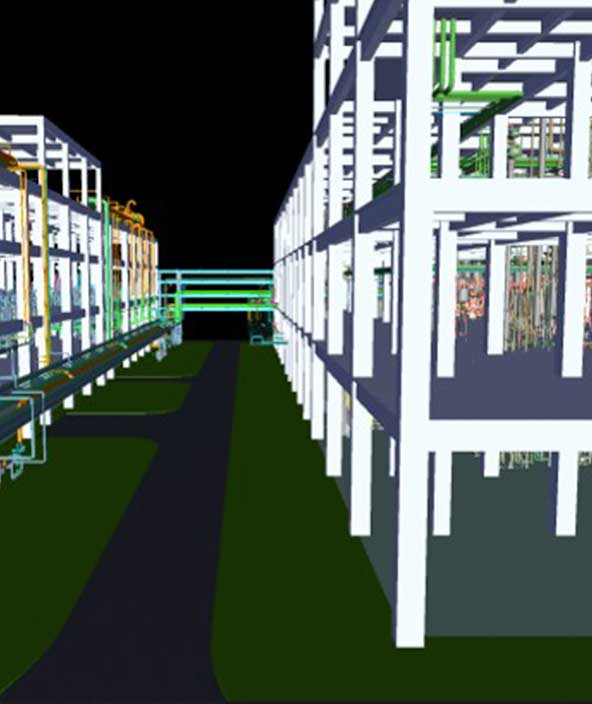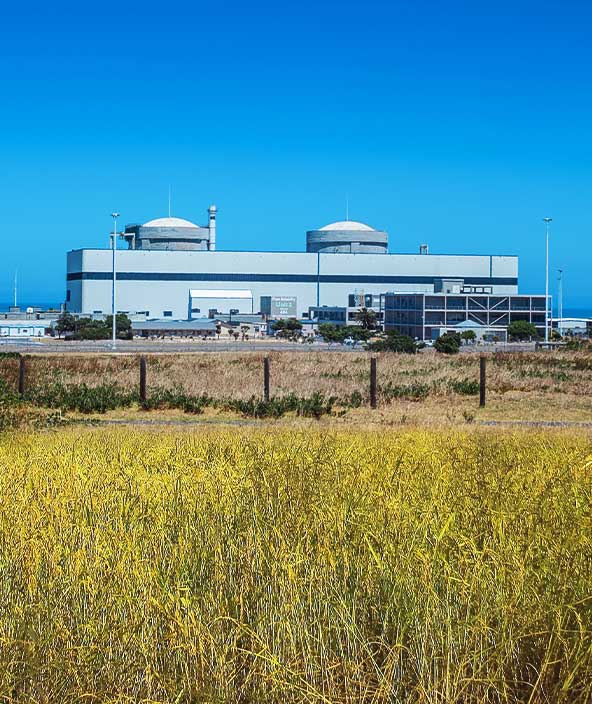Analisi ingegneristica
La semplificazione dell'analisi e della progettazione consente ai team di progettazione di partecipare a un flusso di lavoro più snello.
Hexagon è al passo con le modifiche degli standard e dei codici internazionali, in modo da garantirvi sempre una produzione aggiornata e valida a livello internazionale. Monitoriamo attentamente le tendenze del settore e le nuove tecnologie per mantenervi all'avanguardia nell'analisi e nella progettazione ingegneristica.
Discipline ingegneristiche
-
Pipe Stress
-
Mechanical
-
Structural
Pipe Stress Analysis
For facility owners, the highest priority is the safety of people, installations, operations and the environment. Computer-aided engineering software helps prevent catastrophic events, such as explosions and leaks, with the ability to predict and control the behavior of piping systems due to certain applied loads.
Stress analysis is required for piping systems identified as critical due to the potential consequences of a system failure. It can be performed at different stages during the lifecycle of an asset. During the design phase, changes on piping systems may be recommended as a result of the stress analysis, which could trigger a cascade of changes for other project stakeholders that could compromise the schedule and budget of the project.
Types of engineering analysis performed by pipe stress engineers include:
• Static and dynamic analysis
• Offshore analysis
• Seismic analysis
• Fatigue analysis
• Equipment analysis
• Flange leak analysis
Static Equipment Analysis and Design
Pressure vessel or tank failure can be not only costly, but also very dangerous. That’s why it’s critical that equipment such as vessels, heat exchangers and storage tanks are designed accurately and meet code requirements, including the most commonly used pressure vessel design codes: ASME Section VIII Div. 1 & 2, PD 5500, and EN 13445.
Pressure vessels corrode over time, and engineers need to evaluate current state and remaining life of their equipment. Hexagon engineering analysis solutions help you confidently design equipment for the most extreme uses, such as radical temperature and pressure excursions.
Structural Analysis and Design
Structural engineers' first responsibility is to public safety, and next is to provide clients with cost-effective solutions. They are challenged to analyse structures of differing materials and geometry variations, and also to ensure their designs include multiple load combinations and meet local design codes.
Engineers have long understood the PC’s computational power for structural analysis, starting with simple spreadsheets through today’s specialised, fit-for-purpose software.
In a typical project, multiple siloed programs may be needed to perform analysis and design. Engineers may wonder if they can trust the results of black-box software and waste time trying to keep up with multiple software packages.
Hexagon’s solution is general-purpose, interoperable for a LEAN workflow, time-tested and known for reliable computation. It has an open interface and documented design code implementation, providing a single, trusted solution for solving even the most complex problems.
- Pipe Stress
Pipe Stress Analysis
For facility owners, the highest priority is the safety of people, installations, operations and the environment. Computer-aided engineering software helps prevent catastrophic events, such as explosions and leaks, with the ability to predict and control the behavior of piping systems due to certain applied loads.
Stress analysis is required for piping systems identified as critical due to the potential consequences of a system failure. It can be performed at different stages during the lifecycle of an asset. During the design phase, changes on piping systems may be recommended as a result of the stress analysis, which could trigger a cascade of changes for other project stakeholders that could compromise the schedule and budget of the project.
Types of engineering analysis performed by pipe stress engineers include:
• Static and dynamic analysis
• Offshore analysis
• Seismic analysis
• Fatigue analysis
• Equipment analysis
• Flange leak analysis
- Mechanical
Static Equipment Analysis and Design
Pressure vessel or tank failure can be not only costly, but also very dangerous. That’s why it’s critical that equipment such as vessels, heat exchangers and storage tanks are designed accurately and meet code requirements, including the most commonly used pressure vessel design codes: ASME Section VIII Div. 1 & 2, PD 5500, and EN 13445.
Pressure vessels corrode over time, and engineers need to evaluate current state and remaining life of their equipment. Hexagon engineering analysis solutions help you confidently design equipment for the most extreme uses, such as radical temperature and pressure excursions.
- Structural
Structural Analysis and Design
Structural engineers' first responsibility is to public safety, and next is to provide clients with cost-effective solutions. They are challenged to analyse structures of differing materials and geometry variations, and also to ensure their designs include multiple load combinations and meet local design codes.
Engineers have long understood the PC’s computational power for structural analysis, starting with simple spreadsheets through today’s specialised, fit-for-purpose software.
In a typical project, multiple siloed programs may be needed to perform analysis and design. Engineers may wonder if they can trust the results of black-box software and waste time trying to keep up with multiple software packages.
Hexagon’s solution is general-purpose, interoperable for a LEAN workflow, time-tested and known for reliable computation. It has an open interface and documented design code implementation, providing a single, trusted solution for solving even the most complex problems.
